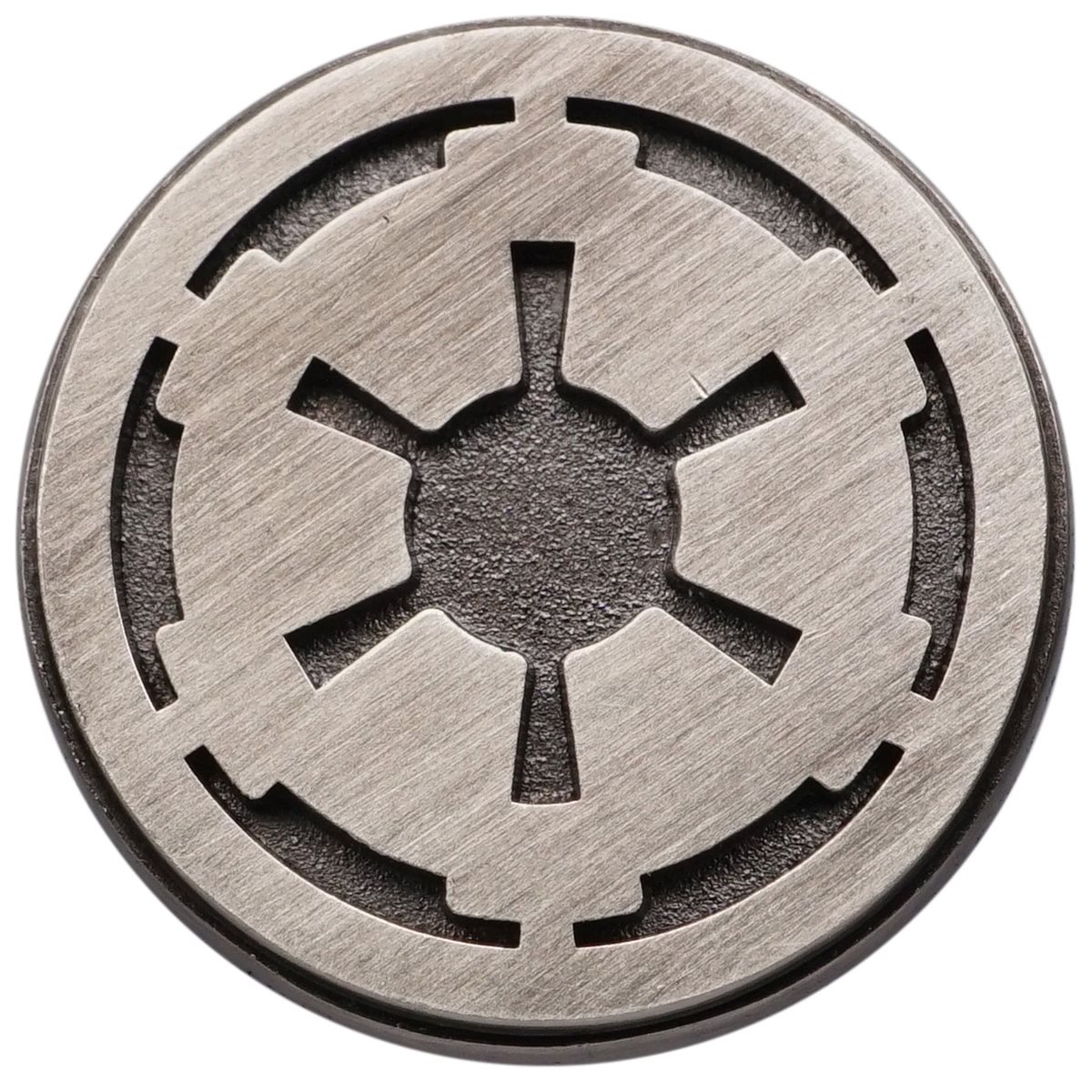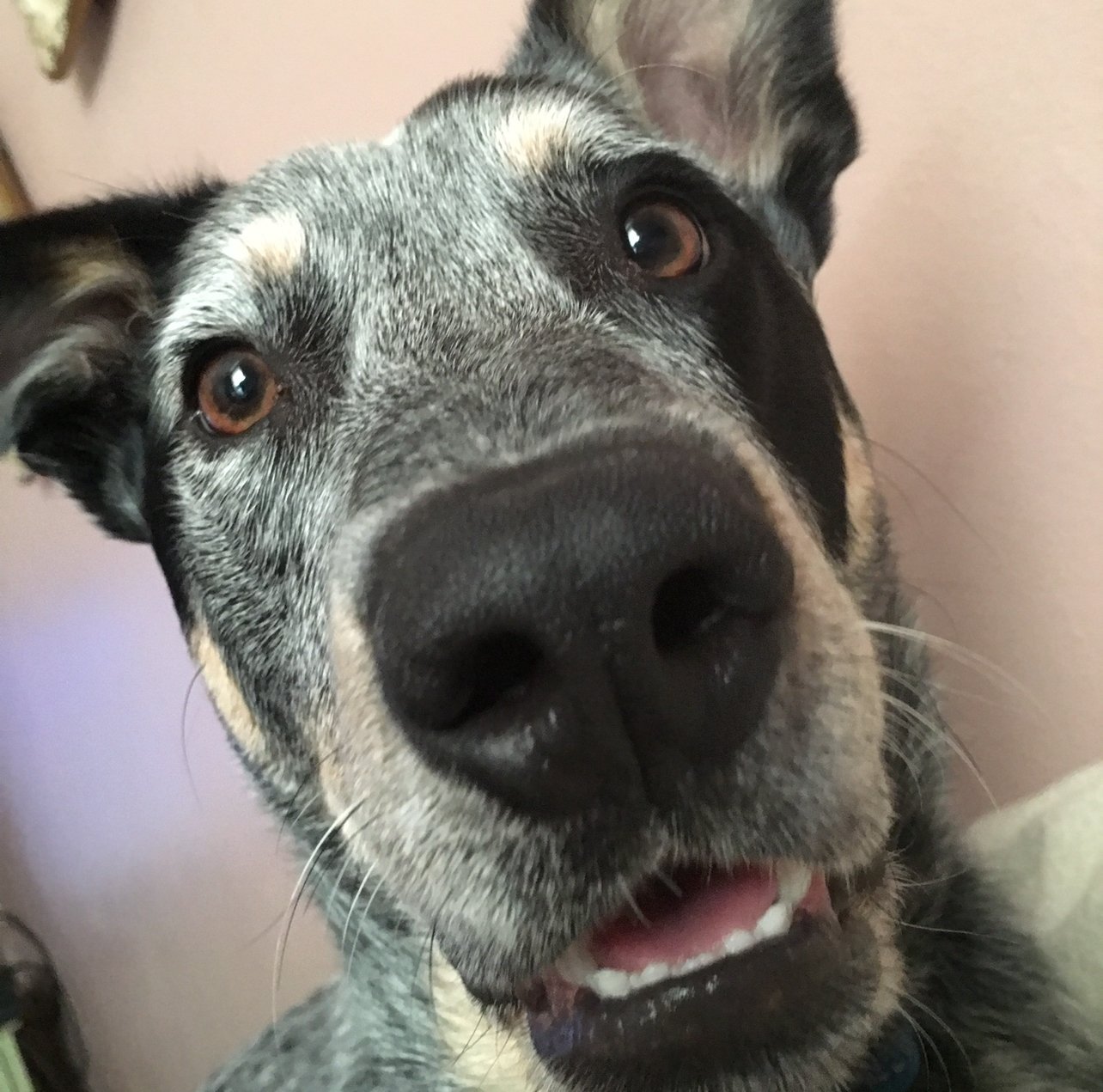

I once heard greyhounds described as “zoom potatoes”, after their exactly two modes of existence.


I once heard greyhounds described as “zoom potatoes”, after their exactly two modes of existence.


There’s a submarine comedy called Down Periscope from the 90s. The story is, of course, absolute ridiculousness (albeit highly entertaining ridiculousness).
I’ve repeatedly been told by navy veterans, however, that it comes closest to portraying actual life in the navy - in particular, that virtually every character in the film is someone you can (and likely will) actually encounter in the navy.


Everyone’s telling you why “It doesn’t happen”. They’re not objectively wrong in their answers of how resilient firearms can be, but they’re also not answering the question.
The ultimate answer for a lot is “broken down and recycled”. How do they get there, though?
A lot come through “buyback” programs, where guns can be turned over to authorities for some nominal reward. These tend to harvest a lot of inoperable weapons, frequently from people who had one but didn’t know how to otherwise get rid of them.
In states with more lax firearm laws, scrap dealers may accept repairable weapons as scrap metal. In more stringent states, they may only accept them if you’ve destroy the weapon as /u/SolOrion@sh.itjust.works outlined in the ATF poster.
Even in states with strict firearm laws, guns can frequently be turned over to authorities without charges. (CAUTION: Read guides on how to do this, and consult your local laws and policies before treating this as truth. Better yet, consult a legal professional.)
In some rare cases, a gun dealer may accept the gun, strip it of useful spare parts, and sell them independently.
At this point, the gun will be deliberately damaged to render it nonfunctional (if it isn’t already) and sent to a scrap metal handler. Metal components will be melted down and reused. Plastic or wood components may be recycled or thrown away.


TDP has two main leads, one white and one black.
I’m not walled off from Star Wars’ controversies, merely pointing out that “every time” isn’t accurate.
In case anyone is confused, the camel calf’s body is facing the camera head-on; we’re looking at its forelegs. Its neck is curved upwards sharply and slightly to the viewer’s left, but the fur colors make it blend in (you can see the back of its neck slightly).


“Every time” is certainly an exaggeration. Just off the top of my head in a minute:
If I looked around further, I’m sure I could find more. All of these have variously been critiqued for writing, characterization, or pacing, but failed to draw attacks based on the ethnicity (or orientation) of their protagonists.
Is this kind of attack a thing that happens? Absolutely. Is it “every time”? No. I’d suggest it’s more often when a series goes out of its way to bludgeon the audience with a message related to it, or tries to sell a newcomer as a superior replacement for a legacy character, that people can get riled up.


Now this is the good stuff I look for in a Tech community.
3D CAD software. There are a few options out there (FreeCAD, LibreCAD, etc) and Blender is a thing that exists for more artistic 3D modeling. But they simply don’t hold a candle to the features and capabilities of the paid packages, which typically have costs in the 4-to-5-digit range. And I’m not talking the crazy high-end simulation options - those I understand, they’re hard - but basic modeling features.
Hell, I’d even settle for a CAD package that had some solid basic features and had a reasonable purchase cost. Unfortunately the few providers have the industry by the throat, and so your options are “free but terrible” and “you need a mortgage to use this”.